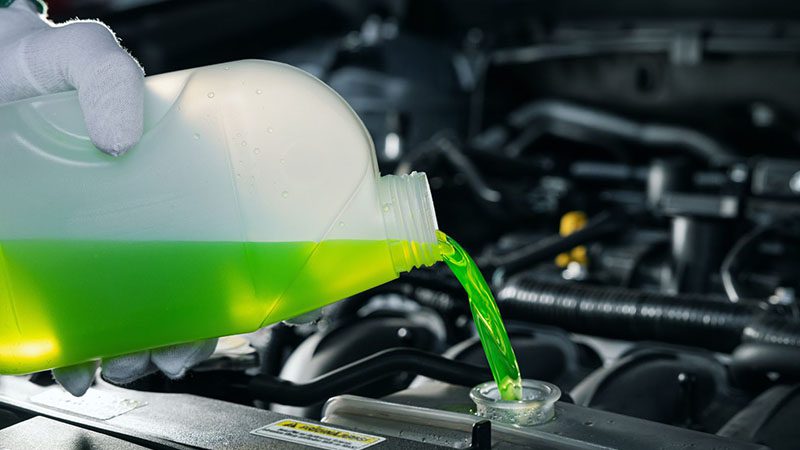Curious about the roles of antifreeze and coolant in your car’s engine? This article will explain their differences, how they operate under different driving conditions to keep your engine running smoothly, and how to maintain them for optimal performance.
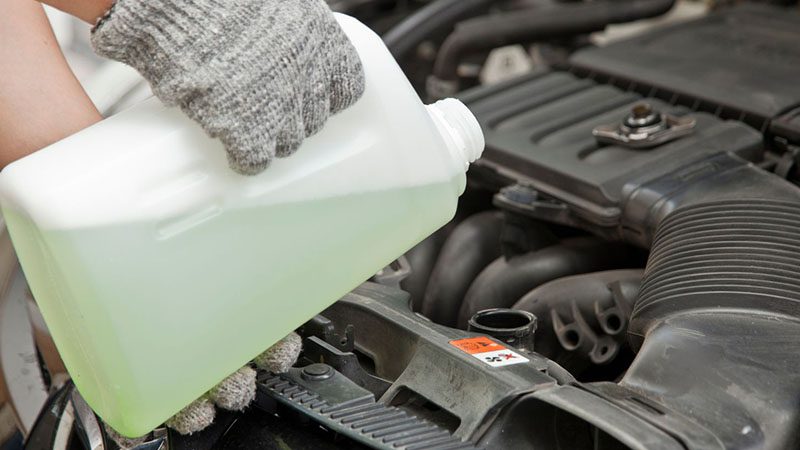
Understanding Antifreeze and Coolant
What Is Antifreeze
Antifreeze is a concentrated liquid typically made from either ethylene glycol or propylene glycol, which are chemical compounds designed to prevent the engine coolant from freezing in cold weather.
This helps to protect the engine from damage caused by ice buildup, which can cause components to crack or seize. Antifreeze also raises the boiling point of the fluid to prevent overheating in high-temperature conditions. Antifreeze prevents corrosion by forming a protective barrier between metal engine parts and moisture.
In addition to regulating temperature extremes, antifreeze contains various additives to help protect the engine and cooling system components from corrosion, rust, and scaling, which can reduce the lifespan of key components such as the radiator and water pump.
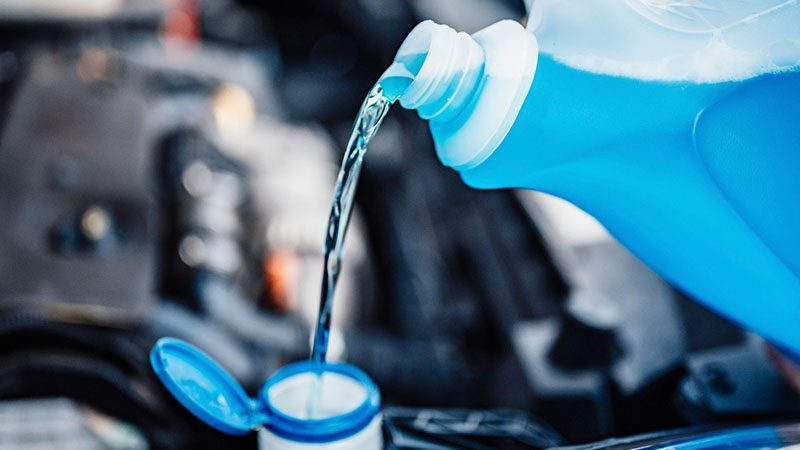
What Is Coolant?
Coolant, on the other hand, is the final mixture used in the engine’s cooling system. It is typically made by diluting antifreeze with water in a 50/50 ratio, although this ratio can be adjusted based on climate and performance requirements. Coolant is typically mixed with water to create the final working fluid.
The mixture is circulated through the engine to absorb excess heat and maintain optimal operating temperatures. In essence, coolant is the working fluid that facilitates thermal regulation, transferring heat away from the engine and radiator to prevent overheating.
Coolant also acts as a medium for distributing the antifreeze’s protective properties throughout the entire engine system. The water component helps with heat transfer, while the antifreeze ensures that the system remains functional in both freezing and high-heat conditions. It is important not to mix different types of coolant to avoid harmful chemical reactions that can clog the cooling system.
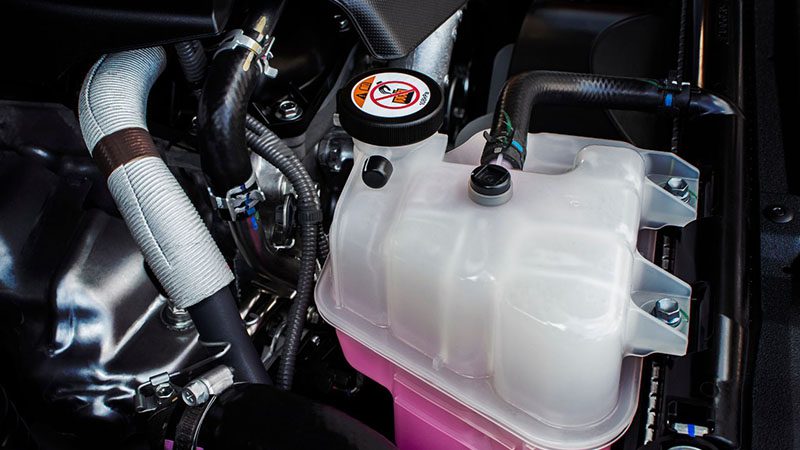
Key Differences Between Antifreeze and Coolant
| Feature | Antifreeze | Coolant |
|---|---|---|
| Formulation | Concentrated chemical (typically ethylene or propylene glycol) | Diluted mixture of antifreeze and water (usually 50/50) |
| Primary Role | Prevents freezing by lowering the freezing point and raises boiling point | Circulates through the engine to absorb and dissipate heat |
| Additives | Contains corrosion inhibitors and other protective additives | Includes the same additives, plus water for improved heat transfer |
How Engine Coolant Works
Engine coolant, a mixture of antifreeze and water, plays a vital role in maintaining the engine’s temperature by regulating the heat generated during operation.
The process begins when the engine starts, as the water pump circulates coolant through the block. As the coolant flows, it absorbs heat from the engine to keep it from overheating. Coolant is pumped through the engine’s passageways to absorb heat, maintaining optimal engine temperature and preventing overheating.
The now heated coolant travels to the radiator, where it releases the heat into the air. The thermostat controls this flow, ensuring the coolant stays at the perfect temperature.
If the engine becomes too hot, the thermostat opens to allow more coolant to flow through the radiator, helping to cool down the engine.
The coolant continues to circulate through the engine, maintaining a stable temperature and preventing both freezing and overheating.
By efficiently transferring heat away from the engine, coolant ensures the engine runs smoothly, reduces the risk of engine damage, and extends the vehicle’s overall lifespan. Flushing the engine coolant is essential to prevent contamination and maintain optimal performance.

Different Types of Coolants
Coolants are formulated to meet the diverse needs of modern and legacy engines. They not only regulate temperature but also protect the cooling system from corrosion, scale buildup, and wear.
However, not all coolants are created equal—each type is designed for specific vehicle applications, and using the wrong one can result in performance issues or even engine damage.
Coolants come in various colors like green, orange, and pink, each indicating different formulations. Below are the main types of engine coolant, their characteristics, and where they’re most commonly used:
| Coolant Type | Common Color | Additive Technology | Recommended For | Service Life | Key Characteristics |
|---|---|---|---|---|---|
| IAT | Green | Inorganic Additive Technology (phosphate-silicate); a traditional type of antifreeze | Older vehicles | ~2 years or 30,000 miles | Requires frequent replacement; good corrosion protection but shorter lifespan |
| OAT | Orange, Red | Organic Acid Technology (organic acids) | Modern vehicles | Up to 5 years or 150,000 miles | Long-life coolant; typically uses propylene glycol (less toxic); environmentally friendly |
| HOAT | Yellow, Turquoise | Hybrid Organic Acid Technology (organic + inorganic additives) | European & domestic vehicles | Extended (varies by OEM) | Combines IAT & OAT benefits; strong protection for aluminum; long-lasting |
Always refer to your vehicle’s owner’s manual to identify the recommended formulation, and avoid mixing coolant types unless they are explicitly labeled as compatible. Consulting the vehicle’s owner’s manual is crucial for specific guidance on the type of antifreeze to use, as different vehicles may require different chemical formulas.

Coolant System Maintenance
Monitoring Coolant Levels
Maintaining the correct level of coolant is the first step in ensuring your engine stays within safe operating temperatures. Check the coolant reservoir regularly to make sure it’s between the “MIN” and “MAX” markings. Watch for signs like:
- A rising temperature gauge
- A sweet, syrupy smell under the hood
- Visible damage or low fluid in the reservoir
This reservoir stores excess coolant and allows for proper thermal regulation as your engine heats and cools. Regular monitoring helps prevent overheating and costly engine damage. Additionally, checking the radiator fluid level is crucial for ensuring proper engine cooling and optimal performance.

When and Why to Change Your Coolant
Coolant doesn’t last forever. Over time, it breaks down and accumulates rust, scale, and debris. This can clog radiator passages and reduce the system’s ability to transfer heat. Using fresh coolant is essential to maintain the vehicle’s cooling system and prevent damage.
General guidelines suggest:
- Replace traditional coolant every 2 years or 30,000 miles.
- For long-life types like OAT, aim for every 5 years or 150,000 miles.
Change your coolant sooner if it appears milky or contains floating particles. Neglecting this maintenance can result in gasket failure, overheating, and serious engine wear. A regular flush helps prevent buildup and keeps your radiator flowing freely.

Proper Coolant Ratios and Mixing Guidelines
Getting the antifreeze-to-water ratio right is key for keeping your engine cool and protected. In most climates, a 50:50 mix works just fine. But if you live somewhere colder, switching to a 60:40 ratio with more antifreeze gives you better freeze protection.
Use only demineralized or distilled water—tap water contains minerals that can leave deposits and impair system performance.
Quick tips:
- 50:50 ratio = typical climates
- 60:40 ratio = colder climates
- Use concentrated antifreeze to tailor your mixture
- Always consult your owner’s manual for your vehicle’s specs
Safety Tips for Handling Coolant
Coolant is toxic, especially ethylene glycol-based types, and must be handled with care:
- Always wear gloves and eye protection
- Use a funnel to prevent spills
- Clean spills immediately to prevent pets or children from ingesting the sweet-smelling fluid
- Never open the radiator cap while the engine is hot—it can release pressurized coolant and potentially cause serious burns
- Store coolant containers tightly sealed and out of reach of children or animals
Coolant contains chemicals that enhance its properties, such as anti-freezing, anti-overheating, and corrosion protection.
By handling coolant responsibly, you protect not just your engine—but everyone around it. Preventing contamination with other debris like grease, oil, rust, and scale is crucial to maintaining the coolant’s effectiveness and preventing engine problems.
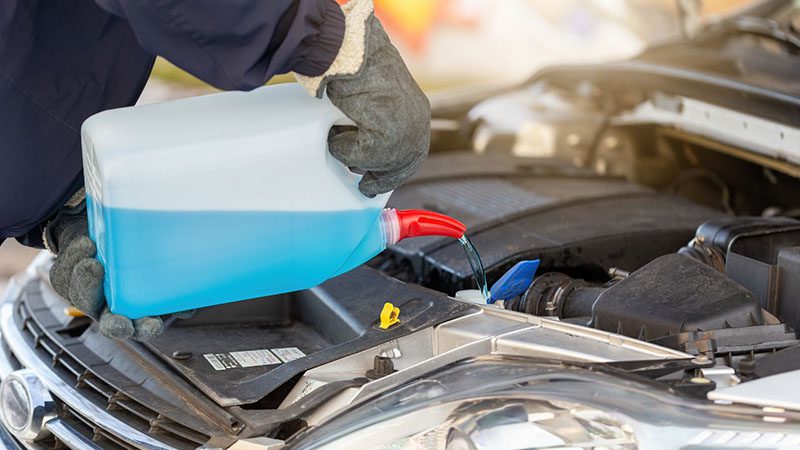
Summary
To summarize, it’s essential to comprehend and sustain the antifreeze and coolant levels in your car for peak engine function. Ensuring proper antifreeze and coolant levels is crucial in preventing the engine from overheating.
Conducting routine inspections, adhering to precise mix proportions, and selecting the appropriate coolant variety are key measures that can avert overheating, freezing, and corrosion within your vehicle’s engine. Proper coolant maintenance helps prevent corrosion within the engine.
These steps not only prevent damage but also protect the engine from extreme temperatures and contaminants. By being diligent with your coolant maintenance, you’ll prevent expensive maintenance issues and maintain your engine’s optimal condition.
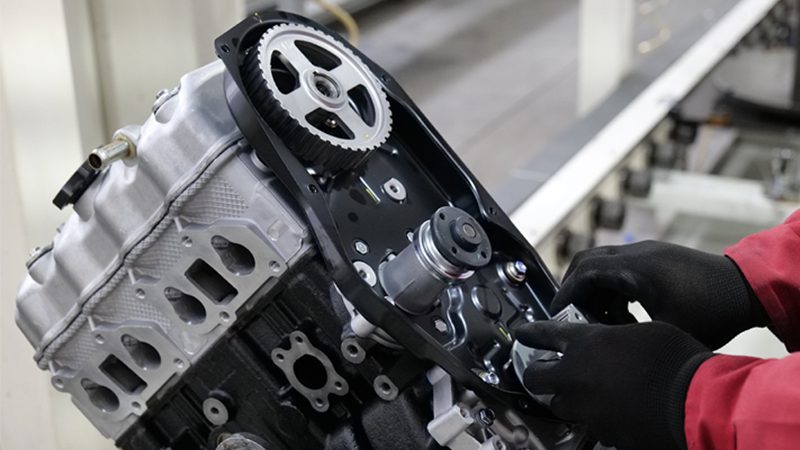
At Nanjing Woda Auto Technology Co., Ltd., we specialize in providing high-quality OEM and aftermarket engine parts, including critical cooling system components.
As a trusted supplier to auto parts dealers worldwide, we offer reliable products that meet the demands of your customers and support your business’s growth.
Contact us today to explore our range of products and see how we can offer you the perfect solution for your business.


